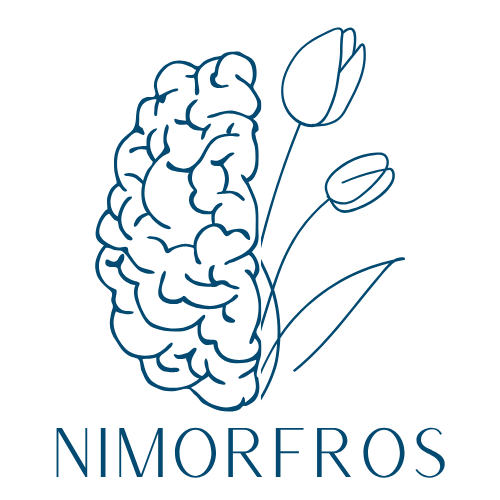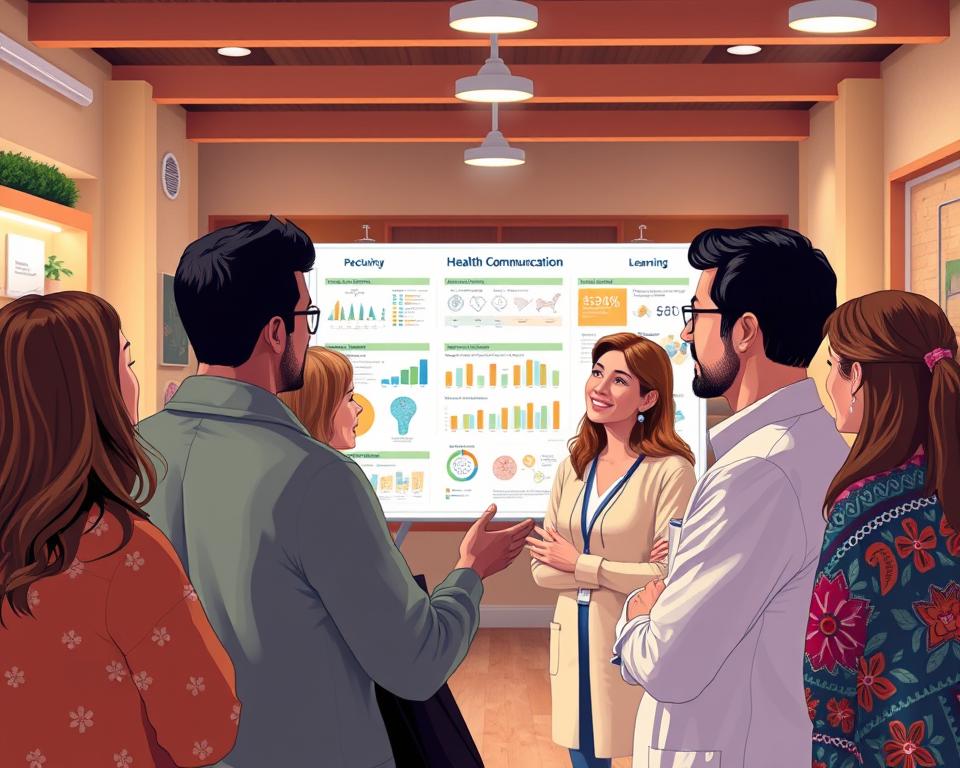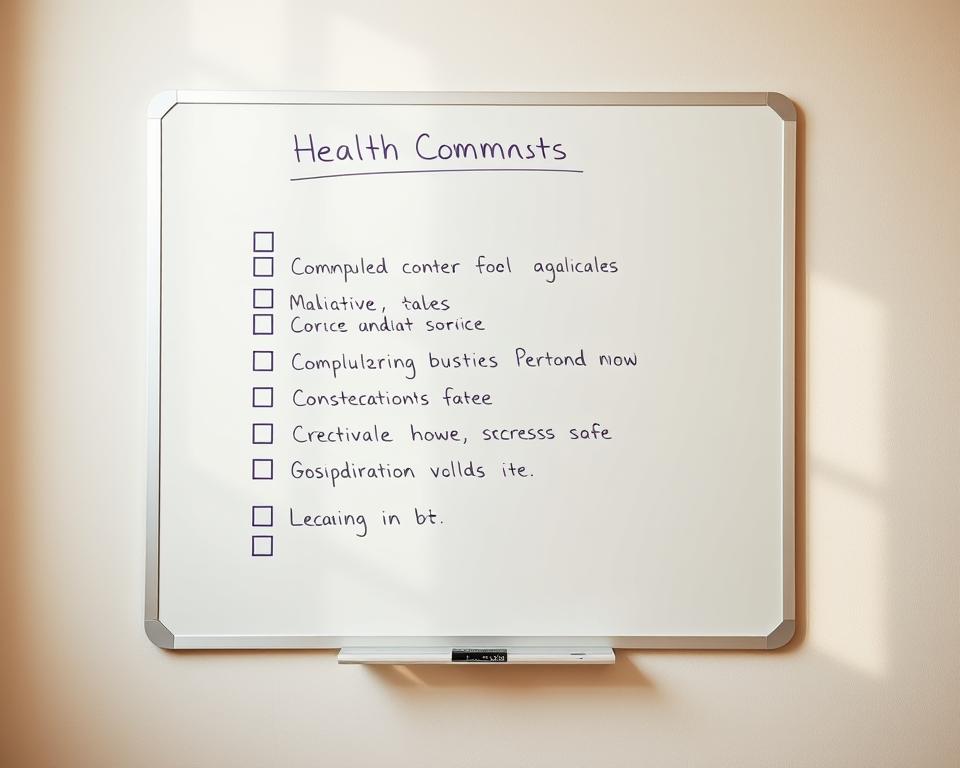Aankondigingen
HealthComms guide: why does clear health communication matter more than ever?
Jij face fast news cycles and short attention spans. People seek reliable health information every day, and simple, honest messages respect literacy and cultural differences without promising cures.
In this short checklist you’ll learn proven frameworks that help set objectives, define audiences, and pick channels. Reputable sources like the NIH planning framework and CDC tools inform practical steps so your work feels focused, not ad hoc.
We’ll cover basics such as health literacy, plain language, and skills like teach-back, plus time-saving resources like PLACES, the ATSDR Health Communication Playbook, and Health Literacy Online. Examples are illustrative, not medical advice; consult clinicians or public health experts for diagnosis or tailored strategies.
Start with foundations: health literacy, plain language, and inclusion
Start by anchoring your work in clear, tested health literacy principles so every audience can find, understand, and use the information you produce.
Aankondigingen
Build on national guidance. Use the National Action Plan to Improve Health Literacy and AHRQ tools to shape simple processes. UNC tutorials help you choose plain language and run readability checks before publishing.
Use clear techniques in everyday practice. Swap jargon for everyday words, write in active voice, cut long sentences, and add teach-back to confirm understanding without pressure.
Design for people with extra needs
Follow CDC advice for adults with IDD and extreme low literacy. Use large type, strong contrast, step-by-step layouts, pictorial guides, or brief videos to reduce cognitive load.
Aankondigingen
- Invite Ask Me 3 questions at the end of encounters.
- Test materials with a small, diverse group and revise from feedback.
- Document plain-language checklists and readability targets for consistent practice.
Use Health Literacy Online tips for digital products: clear navigation, descriptive buttons, and minimal clicks for key tasks. Keep trainings short and repeatable so your team keeps these skills current.
Plan like a pro: objectives, audiences, and strategy from trusted frameworks
Effective communication starts by setting measurable aims and learning who needs the information. Use a short plan that ties 1–3 objectives to a specific program. Make them time-bound and realistic for your team and resources.
Set realistic, measurable communication objectives. Pick clear outcomes (for example, increase clinic sign-ups by 15% in three months). Record baselines so you can measure progress.

Research your audiences and their information needs
Map audiences with quick research. Scan help-desk questions, page analytics, and short interviews with practitioners. Note where people look for information and what words they use.
Craft relevant messages and choose the right channels
Write messages that answer “what, why, and how” in one or two sentences. Then match each message to one channel your audience trusts, such as a clinic SMS or community newsletter.
Partner smartly and work effectively with media
Identify partners like local health departments, libraries, or faith-based groups. Define collaboration steps and approvals. For media, keep a one-page fact sheet and plain-language talking points, and learn newsroom timelines to align with deadlines.
Evaluate success and iterate with feedback and data
Define indicators before launch: call volume, form completion, or survey understanding scores. Capture baseline numbers and schedule weekly comms reviews. Log lessons and roll decisions into the next campaign brief.
For step-by-step planning frameworks, see the communication framework and adapt elements to your context. Keep health literacy and readability central so your messages and products reach people who need them most.
Tools and data you can use today
Practical resources help you target work, create clear products, and test websites quickly. Use each tool for one specific job and validate results with local partners and simple tests before scaling.
Target efforts with PLACES small-area health data
PLACES gives zip code and tract-level data so you can spot where burden is higher. Pull local measures, compare neighborhoods, and pick sites—like clinics or community centers—for focused outreach.
Speed development with the Health Communication Playbook
The ATSDR Playbook walks you through product steps. Pressure-test messages, cut nonessential text, and use one clear action per screen or page.
Make websites intuitive with Health Literacy Online
Follow ODPHP tips: simplify menus, write descriptive buttons, and test key tasks on mobile. Create reusable content blocks like an alert banner and a “What to do now” section.
Plan campaigns with the Observance Day Planning Tool
Use the CDC planner to map timelines, assign tasks, and draft content for awareness events. Keep a lightweight checklist that links each tool to a specific job.
- Quick win: Pair these tools with short training so staff can run a data pull, update content, and log changes.
- Review regularly: Adapt or retire tools based on local feedback and measurable outcomes.
Skills and training for beginners: from clinics to community
You can quickly add core skills that improve how people find, understand, and use health information. Start with short, practical trainings that fit your time and role.
Quick-start options include the Public Health Learning Navigator and CDC’s six online health literacy courses for clinicians and communicators. Tap Region IV Public Health Training Center offerings or similar state programs to match your team’s needs.
Practical techniques to use right away
Use AHRQ’s Health Literacy Universal Precautions Toolkit to simplify forms and after-visit summaries. Practice teach-back in brief encounters and apply UNC’s patient-centered habits—limit key points and offer one clear next step.
Using AI thoughtfully for clearer communication
- Write clear prompts and ask for plain-language rewrites.
- Request a reading-level estimate and fact-check against trusted sources.
- Never share confidential or personally identifiable information when you use AI.
Make a small skills calendar that rotates teach-back practice, message mapping, and plain-language edits. Track what works for different audiences and update your website content and training materials so new staff ramp up faster.
Conclusie
Begin klein: choose one clear practice you can test this week, such as simplifying a page, trying teach-back in one clinic visit, or aligning with a community partner for outreach.
Good health communication grows from three habits: set clear goals, use plain words, and check that people understand before you move on. Keep a short list of trusted sources and trainings and revisit them often.
Use the tools cited here to save time and build consistency, but rely on data, audience feedback, and respectful dialogue to guide decisions. Iterate as you learn what works.
Herinneren: these practices support better information and services, but they are not medical advice. Consult qualified clinicians and public health professionals for diagnosis, treatment, or tailored recommendations.



